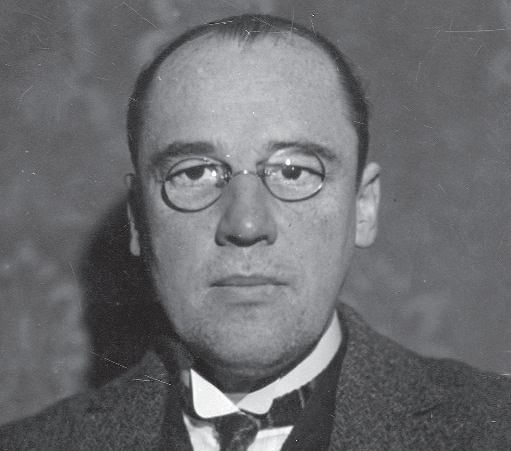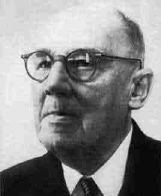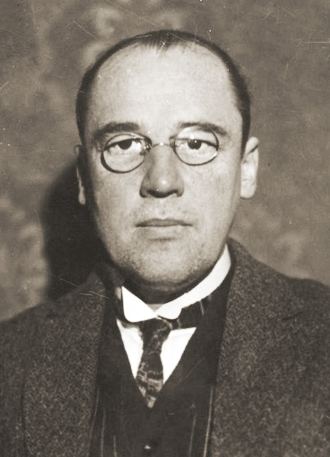Nationality Polish Name Waclaw Sierpinski Fields Mathematics | Alma mater University of Warsaw Role Mathematician | |
Born Waclaw Franciszek Sierpinski
March 14, 1882
Warsaw, Kingdom of Poland, Russian Empire ( 1882-03-14 ) Doctoral students Jerzy Browkin
Edward Marczewski
Stefan Mazurkiewicz
Jerzy Neyman
Stanislaw Ruziewicz
Andrzej Schinzel Known for Sierpinski triangle
Sierpinski carpet
Sierpinski curve
Sierpinski number Died October 21, 1969, Polish People's Republic Education Jagiellonian University, University of Warsaw Doctoral advisor Stanislaw Zaremba, Georgy Voronoy Books Pythagorean triangles, Elementary theory of numbers, General topology, Congruence of Sets and Other Mo, 250 Problems in Eleme Similar People Andrzej Schinzel, Benoit Mandelbrot, Stanislaw Zaremba, Edward Marczewski, Georgy Voronoy | ||
Waclaw Sierpinski
Waclaw Franciszek Sierpinski ([ˈvat͡swaf franˈt̠͡ɕiʂek ɕerˈpʲinskʲi]) (March 14, 1882 – October 21, 1969) was a Polish mathematician. He was known for outstanding contributions to set theory (research on the axiom of choice and the continuum hypothesis), number theory, theory of functions and topology. He published over 700 papers and 50 books.
Contents

Three well-known fractals are named after him (the Sierpinski triangle, the Sierpinski carpet and the Sierpinski curve), as are Sierpinski numbers and the associated Sierpinski problem.

Education

Sierpinski enrolled in the Department of Mathematics and Physics at the University of Warsaw in 1899 and graduated four years later. In 1903, while still at the University of Warsaw, the Department of Mathematics and Physics offered a prize for the best essay from a student on Voronoy's contribution to number theory. Sierpinski was awarded a gold medal for his essay, thus laying the foundation for his first major mathematical contribution. Unwilling for his work to be published in Russian, he withheld it until 1907, when it was published in Samuel Dickstein's mathematical magazine 'Prace Matematyczno-Fizyczne' (Polish: 'The Works of Mathematics and Physics').
After his graduation in 1904, Sierpinski worked as a school teacher of mathematics and physics in Warsaw. However, when the school closed because of a strike, Sierpinski decided to go to Krakow to pursue a doctorate. At the Jagiellonian University in Krakow he attended lectures by Stanislaw Zaremba on mathematics. He also studied astronomy and philosophy. He received his doctorate and was appointed to the University of Lwow in 1908.
Contributions to mathematics
In 1907 Sierpinski first became interested in set theory when he came across a theorem which stated that points in the plane could be specified with a single coordinate. He wrote to Tadeusz Banachiewicz (then at Gottingen), asking how such a result was possible. He received the one-word reply 'Cantor'. Sierpinski began to study set theory and, in 1909, he gave the first ever lecture course devoted entirely to the subject.
Sierpinski maintained an incredible output of research papers and books. During the years 1908 to 1914, when he taught at the University of Lwow, he published three books in addition to many research papers. These books were The Theory of Irrational Numbers (1910), Outline of Set Theory (1912), and The Theory of Numbers (1912).
When World War I began in 1914, Sierpinski and his family were in Russia. To avoid the persecution that was common for Polish foreigners, Sierpinski spent the rest of the war years in Moscow working with Nikolai Luzin. Together they began the study of analytic sets. In 1916, Sierpinski gave the first example of an absolutely normal number.
When World War I ended in 1918, Sierpinski returned to Lwow. However shortly after taking up his appointment again in Lwow he was offered a post at the University of Warsaw, which he accepted. In 1919 he was promoted to a professor. He spent the rest of his life in Warsaw.
During the Polish–Soviet War (1919–1921), Sierpinski helped break Soviet Russian ciphers for the Polish General Staff's cryptological agency.
In 1920, Sierpinski, together with Zygmunt Janiszewski and his former student Stefan Mazurkiewicz, founded an influential mathematical journal Fundamenta Mathematica. Sierpinski edited the journal, which specialized in papers on set theory.
During this period, Sierpinski worked predominantly on set theory, but also on point set topology and functions of a real variable. In set theory he made contributions on the axiom of choice and on the continuum hypothesis. He proved that Zermelo–Fraenkel set theory together with the Generalized continuum hypothesis imply the Axiom of choice. He also worked on what is now known as the Sierpinski curve. Sierpinski continued to collaborate with Luzin on investigations of analytic and projective sets. His work on functions of a real variable includes results on functional series, differentiability of functions and Baire's classification.
Sierpinski retired in 1960 as professor at the University of Warsaw, but continued until 1967 to give a seminar on the Theory of Numbers at the Polish Academy of Sciences. He also continued editorial work as editor-in-chief of Acta Arithmetica, and as an editorial-board member of Rendiconti del Circolo Matematico di Palermo, Composito Matematica, and Zentralblatt fur Mathematik.
Sierpinski is interred at the Powazki Cemetery in Warsaw, Poland.
Honors received
Honorary Degrees: Lwow (1929), St. Marks of Lima (1930), Amsterdam (1931), Tarta (1931), Sofia (1939), Prague (1947), Wroclaw (1947), Lucknow (1949), and Moscow (1967).
For high involvement with the development of mathematics in Poland, Sierpinski was honored with election to the Polish Academy of Learning in 1921 and that same year was made dean of the faculty at the University of Warsaw. In 1928, he became vice-chairman of the Warsaw Scientific Society, and that same year was elected chairman of the Polish Mathematical Society.
He was elected to the Geographic Society of Lima (1931), the Royal Scientific Society of Liege (1934), the Bulgarian Academy of Sciences (1936), the National Academy of Lima (1939), the Royal Society of Sciences of Naples (1939), the Accademia dei Lincei of Rome (1947), the Germany Academy of Sciences (1950), the United States National Academy of Sciences (1959), the Paris Academy (1960), the Royal Dutch Academy (1961), the Academy of Science of Brussels (1961), the London Mathematical Society (1964), the Romanian Academy (1965) and the Papal Academy of Sciences (1967).
In 1949 Sierpinski was awarded Poland's Scientific Prize, first degree.
Publications
Sierpinski authored 724 papers and 50 books (two of which, Introduction to General Topology (1934) and General Topology (1952) have been translated into English by Canadian mathematician Cecilia Krieger).
